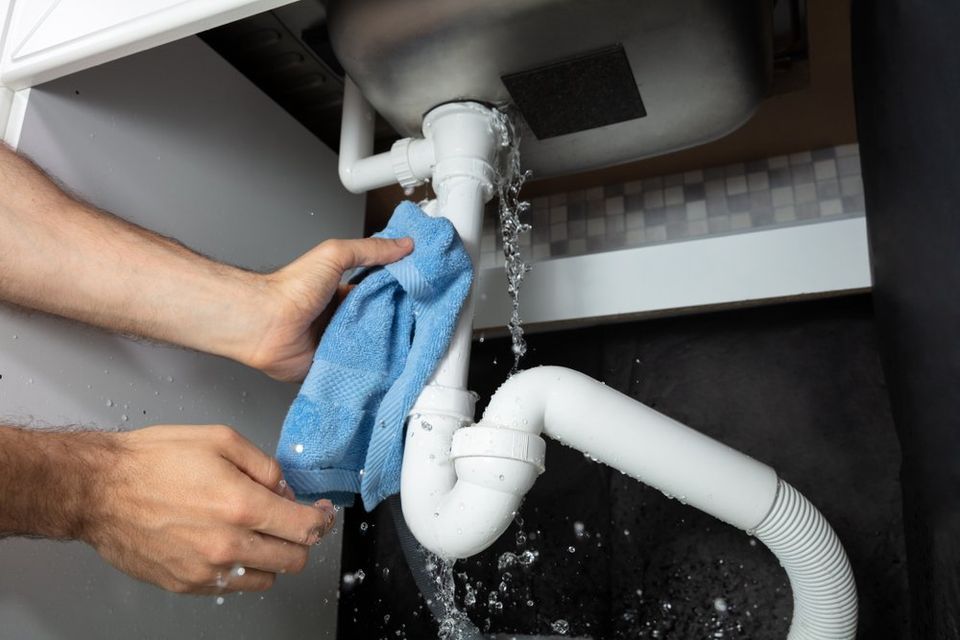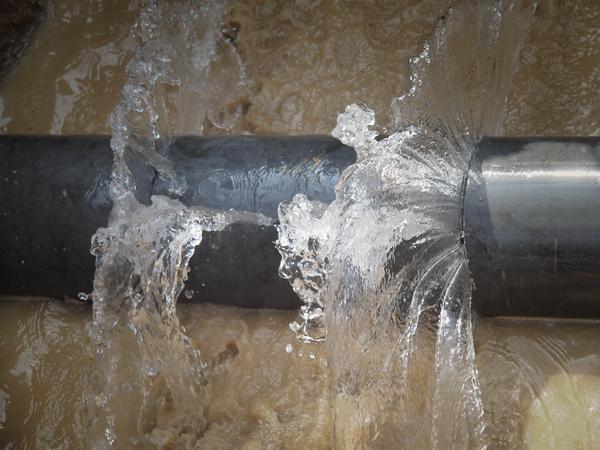Everything to Understand About Septic Tank Maintenance for Homeowners
Everything to Understand About Septic Tank Maintenance for Homeowners
Blog Article
The article listed below on the subject of Do’s And Don’ts For Homeowners Managing With Water Damage is especially insightful. Give it a go and draw your own ideas.

What should you do if a pipes bursts in your residence, creating a mini-waterfall as well as swamping an area of your house? In this circumstance, you must act quick. The longer you wait, the extra severe the water damage in your property. When an emergency like this occurs, clearheadedness is vital. For these reasons, you need to learn what to in case of a ruptured pipes. Due to the fact that time is of the significance, check out the complying with pointers below to assist you act quickly.
Shut down the Key Waterline Valve
Look for the regional shut-off shutoff to turn-off water in one certain location only. This will cut off the water in your whole house. Usually, the main shutoff is located outside the residence next to the water meter.
Call Water Damage Remediation Pros for Help
After closing the water resource, call the pros for assistance. With their expert aid, you can reduce exacerbation since water can seep via your things resulting in warped walls, loose floor tiles, or damage structure.
File the Damages For Insurance coverage
As you are waiting for the pros to get here, document the damages triggered by the errant pipeline. Take pictures as well as video clips of whatever. Do closeup shots of valuables. These points will work as evidence for your house owner's insurance. Remaining aggressive with this enables you to file a claim for insurance coverage, which will aid you and your household get back on your feet.
Restore Points That Can Be Saved
Browse the things and also take out the most essential ones from the pile when you're done taking images. Dry them off and try to maintain as much as you can. Drag them away from wetness so they can start to dry.
Start the Drying Process
Thankfully, water from your waterlines are clean so you don't have to stress about sewer water. The flowing water may have disrupted the dirt as well as debris in your floorboards as well as rugs. Be prepared with gloves as you use buckets to dispose out the water.
Experts are the only ones qualified to repair the burs pipelines as well as subsequent damage. You will generally see red flags like gurgling paint, strange noises in the plumbing, musty smell, caving ceiling, peeling off wallpaper, or water stains.
What should you do if a water pipe ruptureds in your home, creating a mini-waterfall and swamping a location of your home? For these reasons, you require to learn what to in case of a burst water pipe. After closing the water resource, call the pros for help. With their professional assistance, you can mitigate worsening since water can seep via your things resulting in distorted baseboards, loosened ceramic tiles, or damage framework. Luckily, water from your waterlines are clean so you do not have to fret about sewage system water.
Handling a Burst Water Pipe in Your Plumbing System
Main Valve Shutoff
The first step in any significant plumbing emergency where water damage or flooding is a concern: Shutting off your home's main water valve, which is the primary source of water flow to your system. The main valve will often be found in the basement, though it's sometimes under the kitchen sink or in another location – as a homeowner, you should know where your main water shutoff valve is in case of events like these.
And before you do anything else, including calling our plumbers, you should head to this valve and turn it off. This will stop the flow of further water through the burst pipe area, and will limit the damage while you wait for our team to arrive.
Calling a Plumber
The precise timing with which you call our plumbers for emergency plumbing assistance may vary somewhat – you may take a few of the other steps we'll go over here before you do so, depending on the extent of the damage and other factors. At some point here, however, you should be contacting our team for emergency assistance.
If you're inexperienced dealing with these kinds of issues, it pays to make this call sooner rather than later – often immediately after you've turned of your main shutoff valve. This is because once you've called us, our plumbers can give you tips and expertise to follow from over the phone, helping you with a few basic actions while you wait for our team to arrive in-person. We'll make sure you avoid any mistakes while taking proper action to slow the extent of any damage taking place.
Pipe Draining
The next step to perform after main valve shutoff, whether on your own or with the assistance of our arriving plumbers, is to drain the various pipes of any water that's remaining in them. You should move through the home and flush every toilet that's present, which will remove all the water from these pipes (the toilets will not refill if your main water valve has already been turned off, as it should have). In addition, run the cold-water side of every faucet in your home until they're dry. These basic steps will limit the amounts of water that reach the burst pipe area and risk water damage.
Other Turnoffs
A couple other important home components should also be turned off during this process:
Water heater: Not only should you turn off the power to your water heater during this situation, you should also go back afterward and run the hot water side of your faucets and showers until they're dry. This serves the same purpose as above: Removing any additional water that may run through the burst pipe area before it does so. Electricity: If there is any standing water whatsoever taking place as a result of your burst pipe, or especially if there's a risk of any water contacting your electrical outlets or fuse box, you should be heading to your main circuit breaker and (carefully) turning off electricity to the home until the issue is resolved. Documenting and Cleaning
And finally, it's time to get to work documenting the issue and repairing it. For smaller cracks that have formed, we may be able to use commercial tape or a chemical bonding agent for quality repairs; for more significant damage, we may have to replace certain pipe sections.
In either case, documenting the damage and repairs done is important. This will allow any future homeowners or plumbers to have proper information, for one, and will also give you a reference in the future. In addition, it's important to consider professional water damage remediation, including prevention of mold and mildew formation, if significant leaking took place.
https://mybuddytheplumber.com/blog/handling-a-burst-water-pipe-in-your-plumbing-system/

I came across that piece of writing on What To Do And What Not To Do When Dealing With Water Damage while perusing the search engines. Make sure you set aside a second to distribute this post if you liked it. Thanks a lot for your time. Kindly come visit our blog back soon.
Report this page